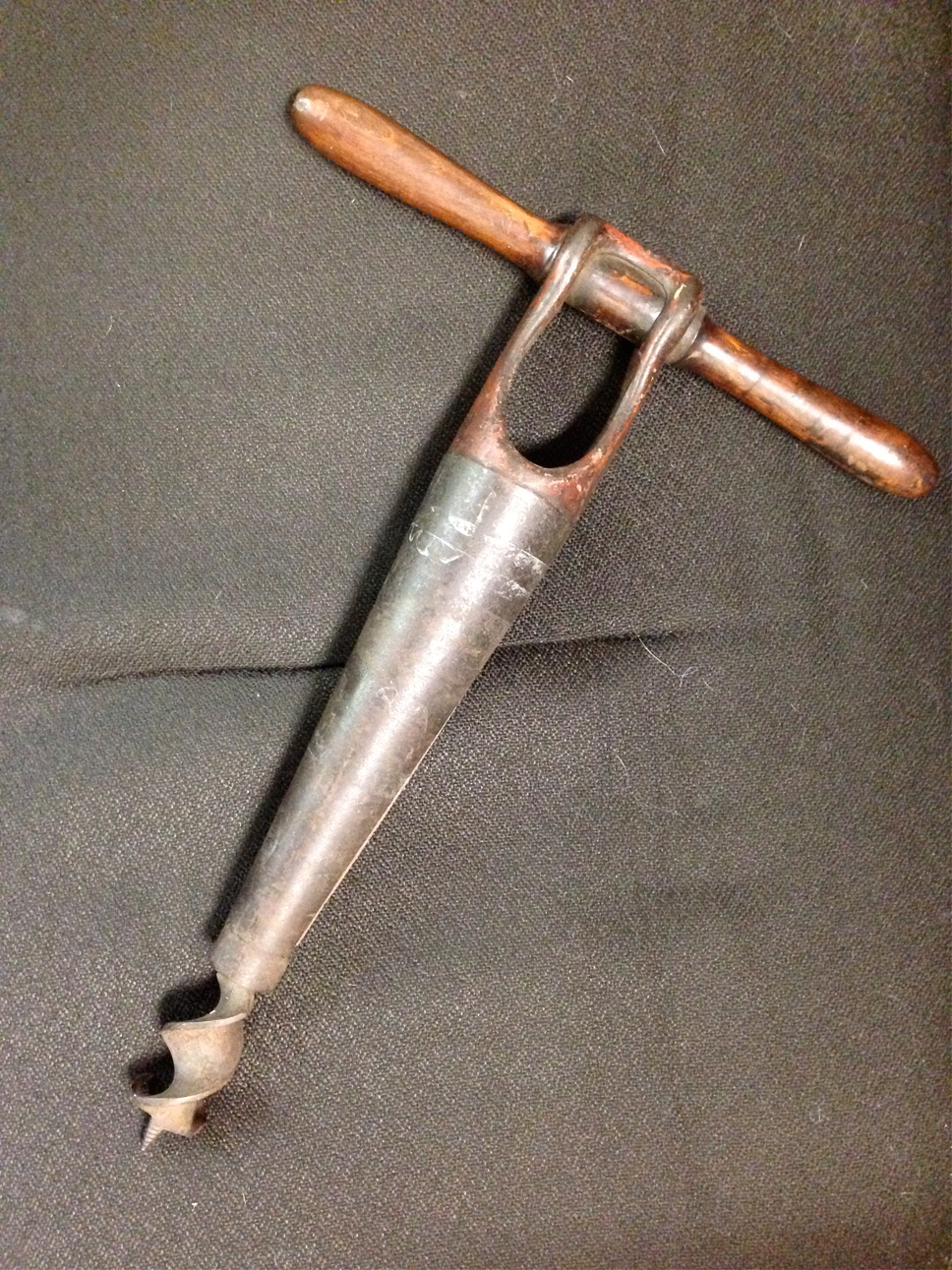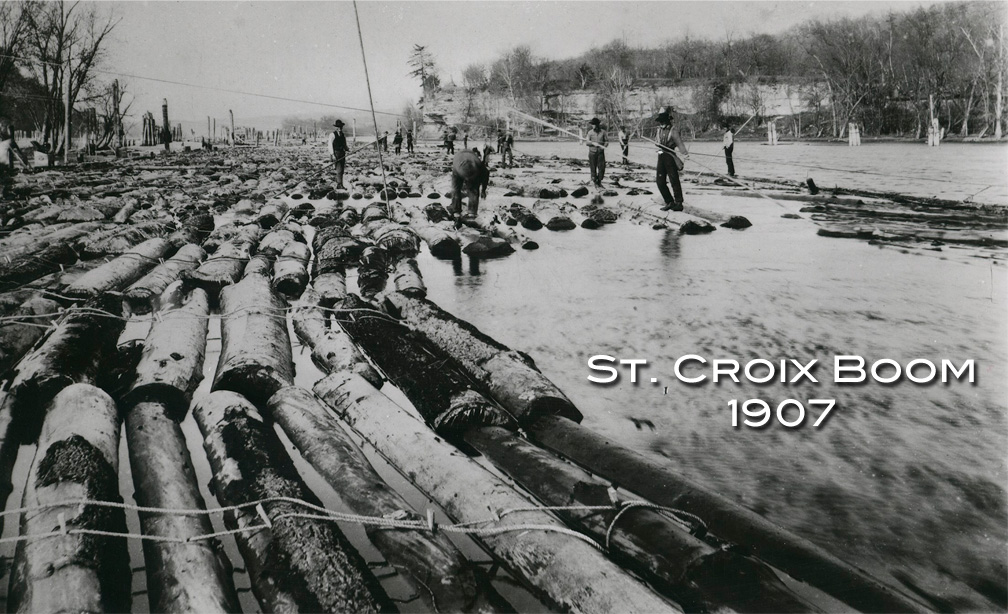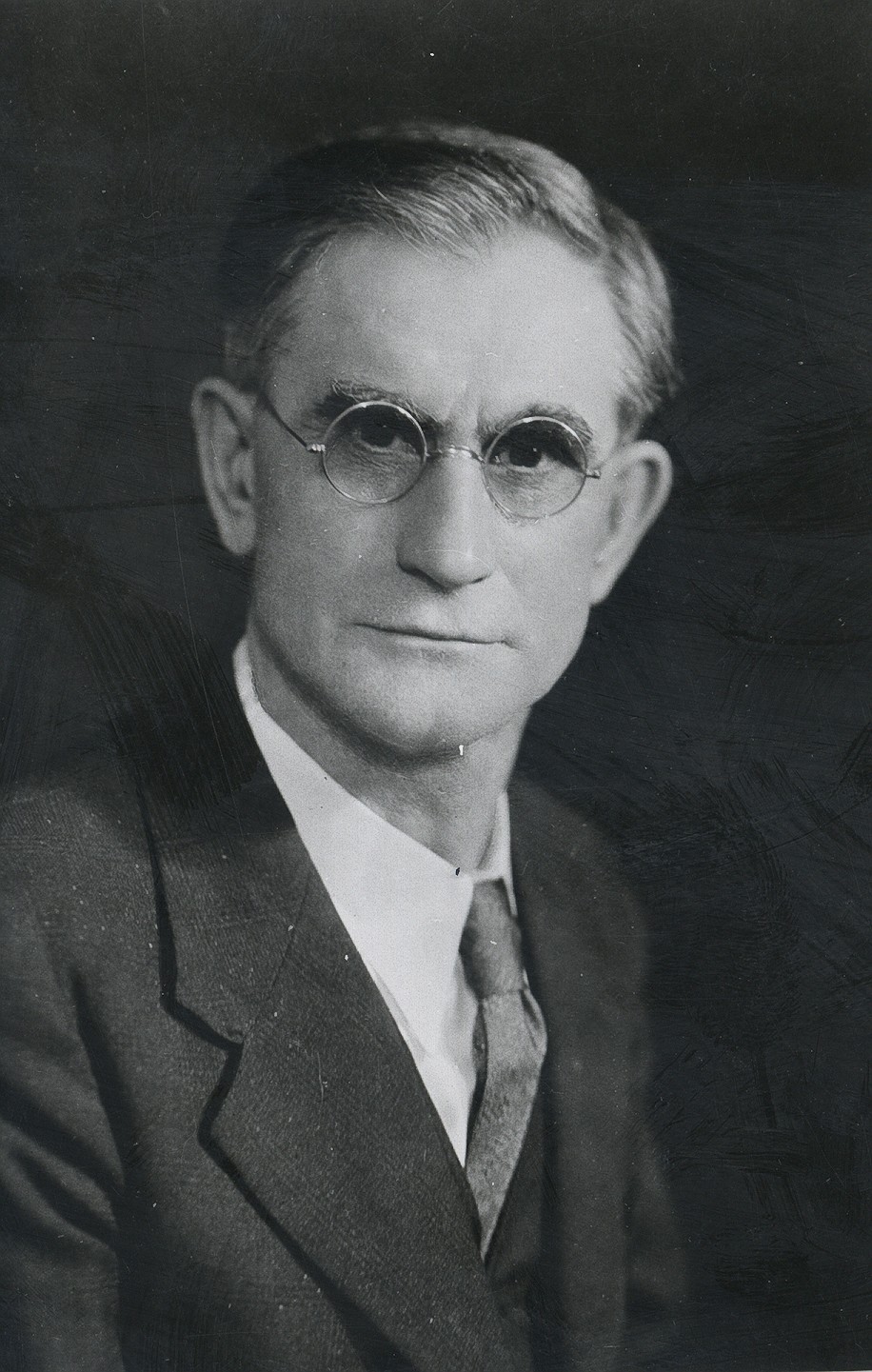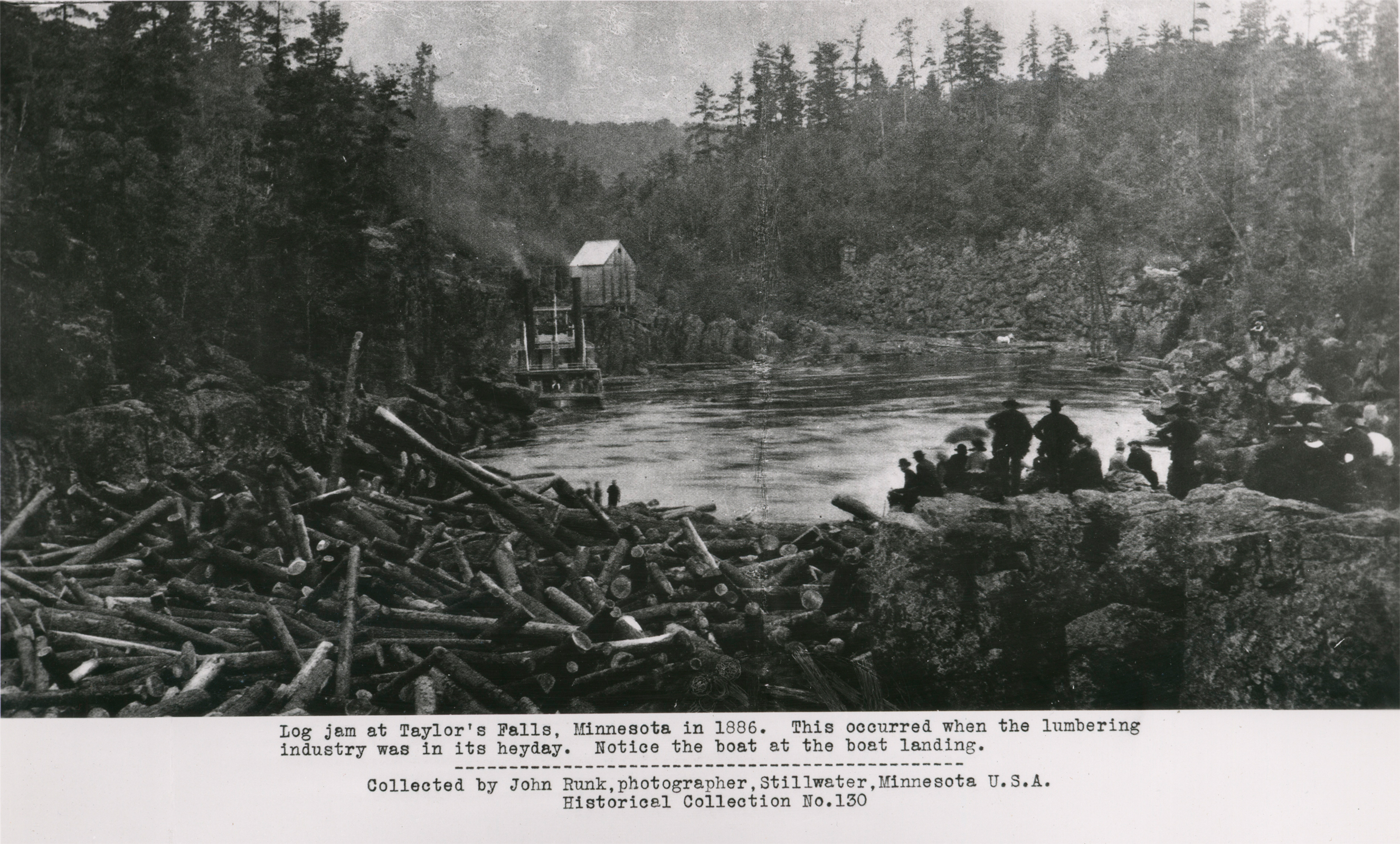Receive the Historical Messenger in your inbox once every two weeks by signing up for our mailing list!
|
This issue: Contents
Tuesday, June 2nd, 2015
Editor’s NoteHappy Tuesday everybody – I hope you’re able to enjoy at least a bit of the absolutely beautiful weather we’re having! This past weekend, our “A Dazzle of Dragonflies” event hosted by the Lee and Rose Warner Nature Center at the Hay Lake School was a huge success, here’s a quick album of the day’s activities in case you missed the fun! I’m going to keep today’s Editor’s Note pretty brief because, folks, we’ve got a lot to talk about our first News Story. If you haven’t heard, WCHS has purchased the endangered Boutwell House. Head down to the News section to learn the details and the next steps we’ll be taking towards the home’s restoration project. Our 8th Annual Beer Tasting is now less than a month away! Check out the second bit of News for more information. Keep scrolling to learn the answer to last week’s “What Is This Thing?!” and to see if you know the answer to today’s riddle! We are fortunate to have an amazing photographic record of historic Stillwater and the St. Croix River Valley because of the dedicated efforts of one man: John Runk. Head down to our Featured Article to read about this pioneer of technology. Want to learn more about the history of Washington County? “Like” WCHS on Facebook and follow us on Twitter! Sean Pallas Historical Messenger editor and Warden’s House Site Manager WCHS NewsBoutwell House Restoration ProjectIf you’ve been a regular reader of the Historical Messenger, you’ll remember that way back in January, I first mentioned the imminent destruction of the Boutwell House (and spent a few paragraphs on a soap box about historic preservation). If you’ve been following the news, you may have heard some rumors and reports about the home over the last few months – but on WCHS’ end, we’ve stayed pretty quiet. We’ve spent the last few months wheeling, dealing and negotiating but I am very happy to report that: On May 28th, WCHS purchased the Boutwell House and the surrounding land. But what’s next? As you can see in the photo above, the house is not in great shape. Before the demolition was haulted, a sizeable chunk of the back of the house was removed. This was our immediate concern and just this morning, we have already taken steps to cover the exposed interior. Years of neglect have also left the inside of the house in poor condition. We now need to raise money to complete the restoration and preservation of the Boutwell House. We see our major goals for this project as the following: 1) Restore the exterior of the home to it’s original condition. Thankfully, the house truly hasn’t changed much since the ca. 1910 photograph above which makes this an ideal candidate for a restoration project. 2) Secure a place on the National Register of Historic Places for the Boutwell House. Once the exterior of the home is returned to it’s original condition, we will begin applying for National Register status which will protect the home in the future. 3) Renovate the interior of the home. After being abandoned for years, the inside of the house definitely needs work especially because of our final goal… 4) Return ownership of the Bouwell House back to either a family or organization. We hope to quickly renovate the exterior to historical standards and interior to modern standards so a new family can add their own history to the House’s already impressive story. So to wrap all this up – We need your help. The restoration of the house will cost right around $400,000. A decent percentage of this cost must be fundraised from the community. If you are reading these words in your inbox or on our website, you care about history. It is people like you that will make this project a success. Please consider donating at our GoFundMe page. Every dollar is a step closer to restoring this beautiful home and saving a piece of our history. Also consider sharing the link to our GoFundMe page on your social media (www.GoFundMe.com/Boutwell)! Thank you again for supporting local history and we’ll keep you posted on the project’s progress! WCHS NewsHay Lake Beer Tasting
More: Events What is This Thing?!
What Is This Thing?! (Round 9) Most of the guesses for last week’s What Is This Thing?! thought that this interesting hammer was used in the St. Croix Valley’s lumber industry (which is correct) – and a few were even able to identify that the raised ring on the face of the hammer was used to brand logs! The loggers would spend the winter cutting down trees in the northern parts of Minnesota. The felled logs would make their way to the frozen St. Croix River, where they would rest until the Spring thaw brought the harvest down-stream. Because the river would transport millions of feet of logs annually, the loggers used mallets such as this to pound their company’s symbol (in this example, the symbol is an “O”) into the ends of the logs. Then when the logs were collected at the Boom Site just north of Stillwater, the men working the site would sort the logs based on these markings. Once they were separated and sorted, the logs were sent into Stillwater itself towards the log owner’s mill. Thanks for playing our little guessing game and I can’t wait to see this week’s answers! Can you identify the WCHS artifact photographed above? If you’d care to venture an answer, you can send an email to me at spallas.wchs@gmail.com, tweet @WCHS2, or post your guess on our Facebook page. Good luck! Old NewsLogging SeasonWhen you stroll down Stillwater’s Main Street today and pass malt shops, antique stores, and beautiful river scenery – it’s very easy to forget that originally Stillwater was an industrial center.
Throughout the later half of the 1800s, Stillwater grew and grew around her lumber mills. Even though the industry had began to gradually slow down by 1900, this article from 1906 reveals that “slowing down” still meant an insane amount of lumber. Boom Will Start Monday – Stillwater Messenger – June 2, 1906 The St. Croix boom will be started for the season on Monday. The supply of logs at the mills is very low and mill men have been anxious over the situation. Several log drives have arrived at Never’s dam, and there are about 28,000,000 feet in the boom, enough to keep the sorting works busy several weeks. By that time odd drives will begin to arrive. Featured ArticleThe Man Who Made Stillwater Smile & Say “Cheese”by Brent Peterson A collection of John Runk’s films and photographs are available through WCHS. His photographs are still used today and are among the most popular at the Minnesota Historical Society. He was a businessman, a lumberjack and an inventor. His name still is recognized throughout the St. Croix Valley even though half a century ago. He is John Runk.
He started work at age thirteen, in a foundry, making cores at the Minnesota Thresher Company in downtown Stillwater, for fifty cents a day. Following the Thresher Company, Runk worked in machine shops, at the St. Croix Boom Company, on log drives and in the pineries. He built dams, trapped, hunted and fished, as well as loading railroad ties on boxcars. His creative side included making wire jewelry, such as pins, rings, necklaces, and so forth that he would sell at fairs and carnivals. Runk began his professional career as a photographer in 1899 when he set up the “American Eagle Studio,” with a photo of an eagle as his trademark. He started his business out of his home at 1710 North Main Street. He later moved closer to town at 110 North Main Street, and by the late teens, Runk was at 235 South Main. Runk had a mechanical eye. He always was looking for ways to improve things, or for new inventions. On November 8, 1921, he registered a patent in the United States for an invention known as the “Kleantone,” which improved the sound of phonograph records. He also had it patented in Canada. He also invented things in the photographic field. He devised a camera, which would do almost every kind of photography, including portraits, out door views, enlargements, reduction and general photography. It took Runk many years to perfect this camera, but it ultimately led to the creation of his historical collection. Runk became the first photographer in Stillwater to use electric lights in taking portrait photos; the first to use cut-films instead of dry plates; and the first to use tinting in his work. Runk took many photos of the most interesting scenes in the St. Croix Valley. Runk’s greatest contribution to this community was his passion for his historical collection. Runk not only took photographs of the area, but he also collected photographs from people. He made a specialty of reproducing old photographs of people and places. Runk announced to the public that to everyone who would bring in to him a suitable picture which he could reproduce, he would make a new picture for the owner, also returning the old, while putting a copy of it into his collection. This system was extremely successful. By 1937, Runk’s collection numbered 435, and he donated the first set of the John Runk Historical Collection to the Stillwater Public Library. However, Runk, a very meticulous man, had made special asbestos lined metal boxes for the correct storage of the photographs. He also drew up a trust agreement with the library, then later on with the Minnesota Historical Society. Included in the agreement, is a portion titled “Injury to Photos from Insects.” Runk went on to name which insects are harmful and then gives a formula on how to get rid of them.
Late in his career, Runk made movies. This was just a hobby he once explained, but many of the films were great demand and Runk would pass them around to various organizations. By 1964, John Runk’s health began to fail and in October 1964, John Runk died. John Runk’s passion became his life’s work. He spent most of his extra money on producing one of the most complete photographic histories of any area in the United States. Runk never intended on making a profit from his collection. “I’m not interested in making a pile of money out of this, but it’s my contribution to the city I’ve called home for so many years.” Thank you, John Runk. |
Upcoming Events
More information: WCHS Events >>> MembershipPreserve the Past, Share in the Future!Become a member of the Washington County Historical Society! Membership is one way that you can help support the Washington County Historical Society. Your membership helps us collect, preserve, and disseminate the history of Washington County for county residents and visitors in the belief that a historical perspective enhances our understanding of community and sense of place. Benefits of membership:
The Washington County Historical Society has depended on membership ever since it was formed in 1934. Please show your support for the organization by becoming a member today. More: WCHS Membership >>> Mission StatementWashington County Historical Society collects, preserves, and disseminates the history of the county and state of Minnesota.
|
|||||||
